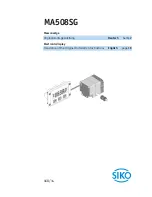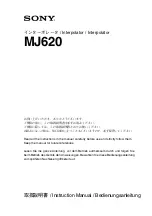
Lucent Technologies Lineage
®
2000 25A Ferroresonant Rectifier J85502A-1
2 - 8 Product Description
Issue 4 May 1998
switch turns the rectifier on and off. When the switch is in
the Off position, the rectifier cannot be turned on by the
plant controller. When the switch is in the On position, an
MCS controller can remotely turn the rectifier on or off to
satisfy the plant load current requirements. The POWER
ON LED emits a green light to indicate that the rectifier is
on.
•
The RFA (Rectifier Failure Alarm) LED lights and a signal
is sent to the plant controller if the rectifier fails because of
external or internal high voltage, a blown +V or -V fuse, or
an internal unbalance.
•
The RECT TEST switch provides a manual test of the
rectifier regulation by simulating a full load (FL) or no load
(NL) condition. Operating the switch raises or lowers the
output voltage setting of the rectifier by 0.25 volt when on
battery. When the switch is in the center position, the
rectifier is in the normal operating state.
•
The OUTPUT VOLTS ADJ potentiometer provides for
manual adjustment of the output float voltage.
•
The REG test jacks allow for measuring the plant output
voltage at the points where the remote sense leads are
connected. This measurement is accurate only when the
remote sense leads are connected.
•
The 1/2 AMP +V and -V alarm fuses protect the internal
voltage sense leads to the rectifier control and regulation
circuits. These fuses are located on the control panel inside
the rectifier door.
•
The DC OUTPUT circuit breaker protects the plant from
rectifier malfunction and excessive current, and may be
used to disconnect the rectifier from the battery. An output
circuit breaker alarm issues and the RFA (Rectifier Failure
Alarm) LED lights when the circuit breaker trips.
Alarm and
Control Flow
The J85502A-1 25-ampere rectifier is typically installed in a
battery plant that is monitored and controlled by a Lucent
Technologies Lineage
®
2000 controller. The rectifier generates
various monitoring and alarm signals and, in this type of
installation, sends them to the controller for processing and
subsequent action. The action may be local or remote alarm
















































